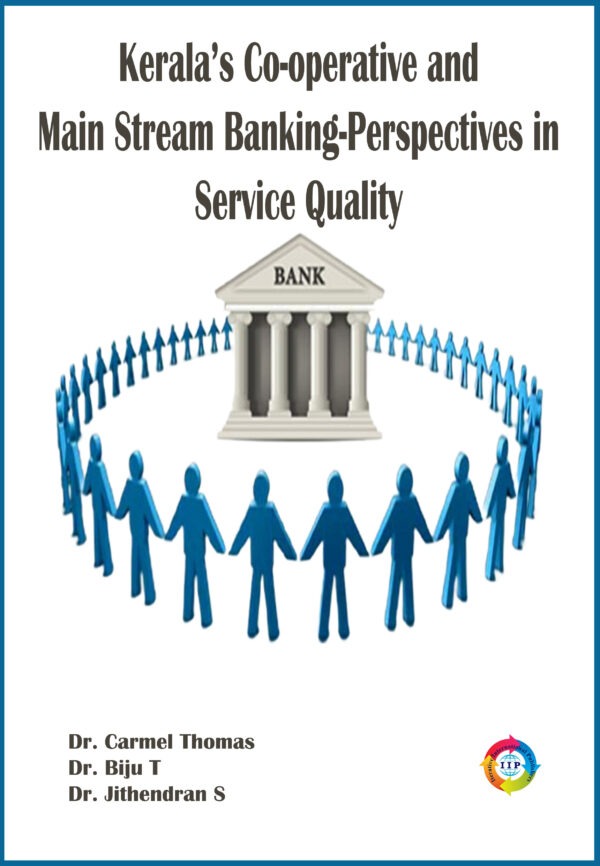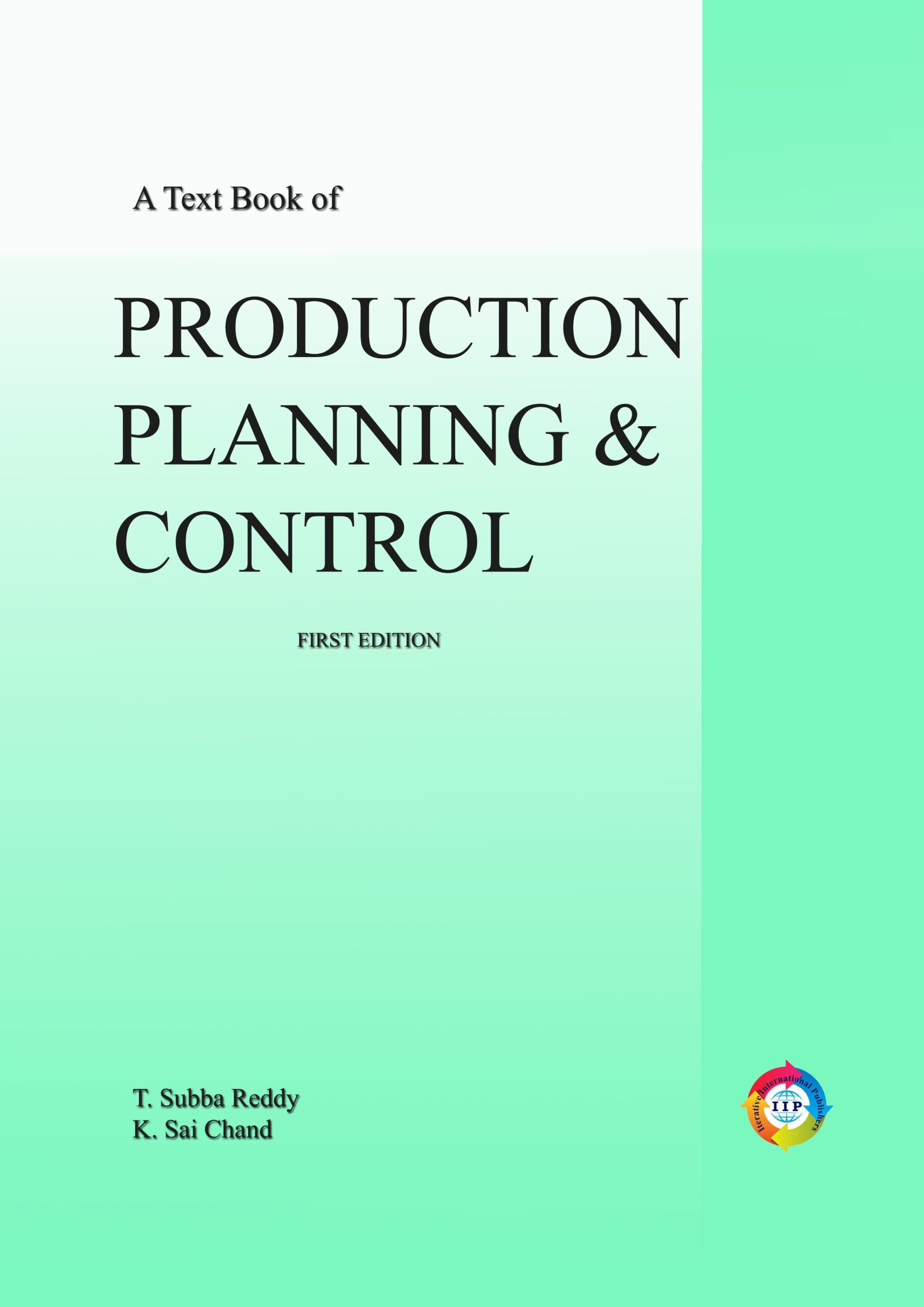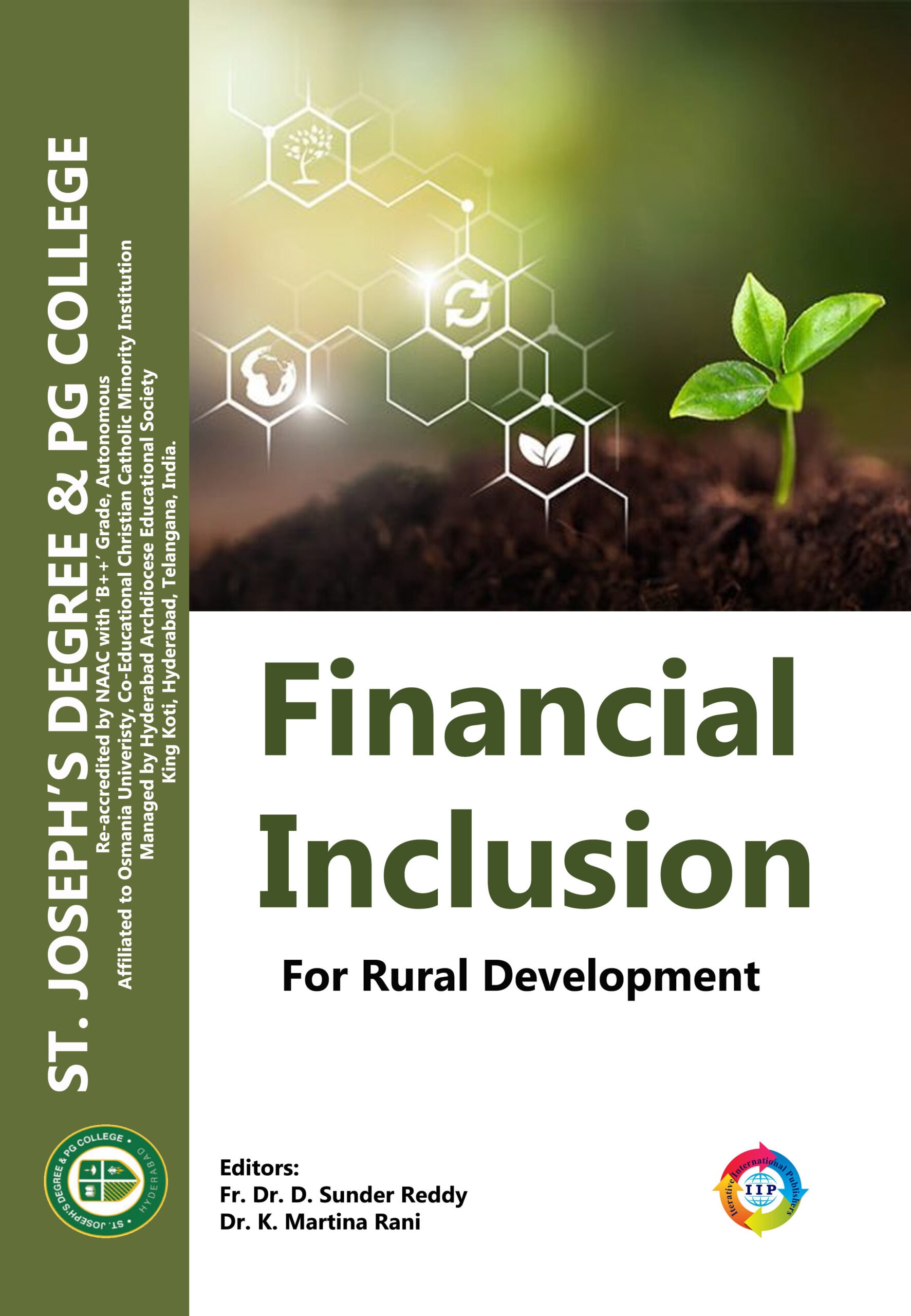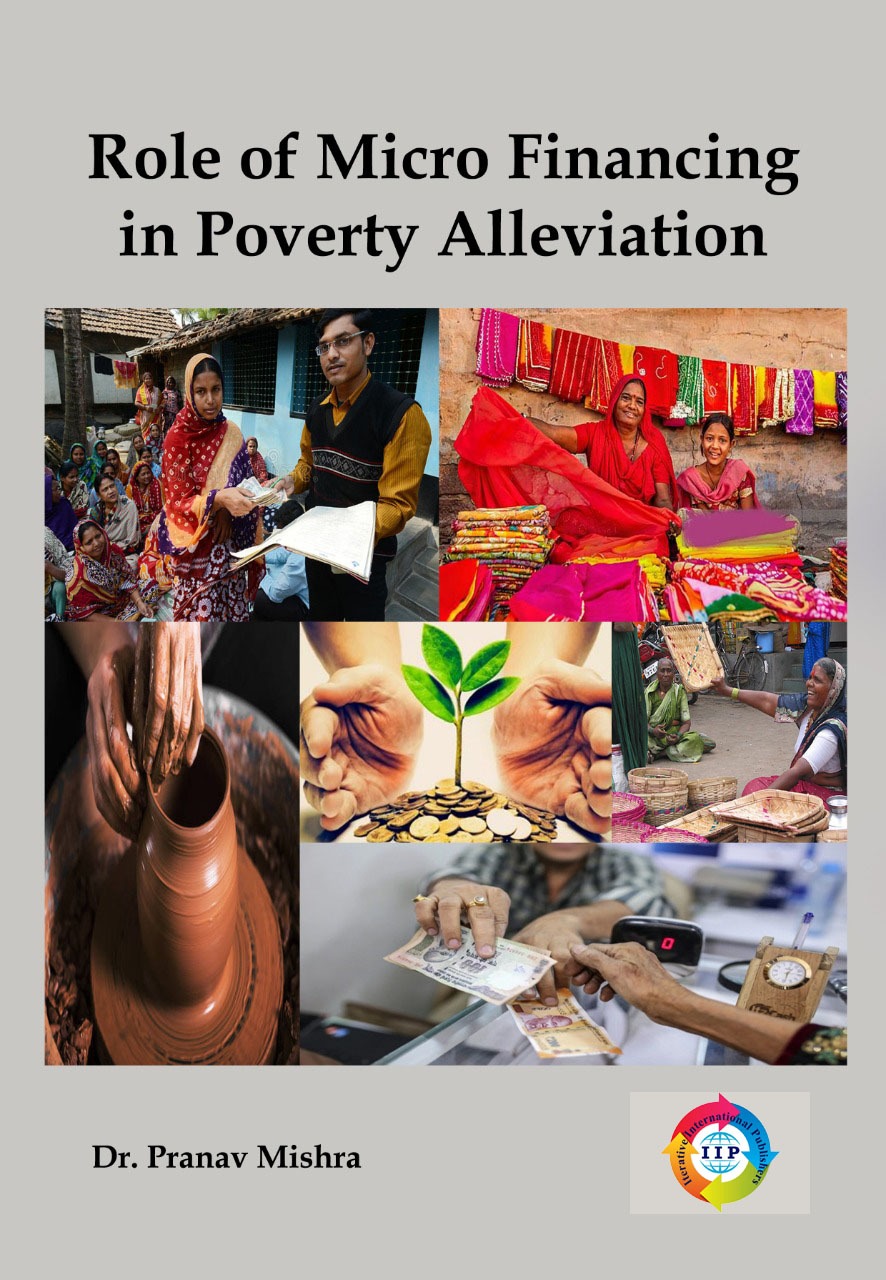Kerala’s Co-operative and Main-Stream banking- Perspectives on Service Quality is an effort to make a comparative evaluation of the present status of performance of commercial and co-operative banking sectors in Kerala. The book generates constructive inferences towards measures to support and to protect the co-operative sector in increasing performance level so as to compete with the commercial banking sector as they are passing through a critical phase since the launching of the New Economic Policy in 1991.The study limits its scope in orientation with customer satisfaction rather than the other analytical factors like financial and marketing performance level. In Indian scenario, particularly in the state of Kerala, the role of co-operative banks in financial sector reforms especially in the context of financial inclusion programme should be considered at par with that of commercial banks. The book begins with a note of the reforms which brought about considerable improvement in capital adequacy, asset quality, profitability and operational efficiency of commercial banks. The book enlists the financial performance of DCB’s, PACS as deteriorating during the era of Globalization, against the changed commercial banks with respect to their orientation, portfolio of services and adoption of modern technology in operations.
On the other hand, the co-operative banks are still hesitating and trailing far behind in development of product and service, renovation and up gradation of orientation of activities and adoption of new technology in operational activities. The back drop is clearly set the need of evaluation of the present status of performance of commercial and co-operative banks in the modern era of advanced technology. This is veryperinent in the context of the structural changes in banking mechanism with more efficient and sophisticated banking products and services. The position of co-operative sector in the changed scenario of banking cannot be neglected as it has a wide customer base and scope for contributing to lower and middle income groups, in particular. The development of co-operative banking operations with the commercial banks is necessary to support Kerala economy in an efficient and innovative manner.
These institutions are considered as the potential instruments to bring people from far flung areas under formal banking network.
However, financial and other organizational inputs of co-operative banks remains underdeveloped which needs to be addressed in order to fully utilize the benefits of operating under a wide spread network of the banking sector. Currently banking system in Kerala has attained commendable growth and advancement. Kerala banking is providing proper guidance for all banking related activities in India. This includes help to find NRI investments, Online banking, home loans, car loans and property loans. Customer service is dynamic concept as it varies from time to time and place to place. The expectations of people change over time. With growing public awareness and expectations the dissatisfaction of customers with banking sector is increasing. Therefore, the present study is proposed to make critical and analytical comparison of customer service provided by commercial and co-operative banks. The main objective of the book is to make a critical and analytical comparison of customer services provided by commercial and co-operative banks in Kerala in the light of globalised environment.
The book is organized on the basis of multi stage sampling. The sample unit for this study is an account holder / customer of a selected Commercial banks and Cooperative sector bank in Kerala. The number of customers of total 240 banks from Commercial and Cooperative banks in Kerala is very large in numbers. The data have been collected from both primary and secondary sources. The primary data have been collected through a well-structured questionnaire.
The book brings evidences in the form of association Differences and cross relationships. The variation in demographic variables have considerable influence on quality of banking services and level of customer satisfaction. A Cross tabulation between respondent’s, gender and the type of bank showed that more than half of the respondents are male in commercial sector and more than half are female in the co-operative sector. The satisfaction of customers towards banking facilities in terms of debit/credit card, cheque book, locker, net banking and mobile banking were analyzed. When category wise APL/BPL respondents were cross tabulated against the facilities of the bank, the result showed that the highest number of APL category respondents were availed the benefit of e-banking facilities. The variation between BPL/APL categories was wider in the case of facilities such as cheque book and locker. The analysis showed that there was a better preference of the co-operative sector among the respondents as regards making deposits while they preferred branch banking for availing other services. The combined mean of all the reasons for preferring ATM was compared using MANOVA, and the result showed significant difference existing between customers of commercial and co-operative banks. The mean responses of commercial bank customers agreeing to the reasons for preferred net banking was found higher than that of the co-operative banks customers. Significant difference exists between customers of commercial and co-operative banks for all the reasons for preferring net banking. By and large positive values favoured commercial banks and negative values were found reflective of Co-operative Banks. The negative variables which influenced Co-operative Banks include timely handling of request, polite and friendly approach, accuracy in the use of counting machines, convenience in the location of banks and convenient timings. The service quality dimension of problems in tangibility measures physical features of the bank. The customers of co-operative banks have fewer problems towards the physical features of their banks in comparison to the customers of commercial banks.
The book brings in service quality dimension discussion in reliability measures as sincerity of the bank. The total variation of co-operative banks is higher than that of commercial banks. The customers of co-operative banks have more problems in variables like processing transactions, security issues leading to being vulnerable to cheating and difficulty in logging despite high speed internet. As regards the service quality dimension problems in security of the banking transactions, the total variation of commercial bank is higher; hence the co-operative banks need to improve their treatment of customers on the dimension of security by their employees in a positive way so as to retain their customers. The service quality dimension of employee support is associated with the dealing of customers by the staff and the significance of customer at the counter. In this respect, the co-operative banks need to improve their treatment of customers on the problems of employee support in a positive way so as to retain their customers.
When problems of infrastructure and technological augmentation were counted the total variation is higher in co-operative banks than commercial banks. Therefore, there is a significant difference between problems in technological augmentation and infrastructure between commercial and co-operative banks. The book is successful in making a comparison of Mainstream banking and cooperative banking and concludes that cooperative banking sector has to come out its lethargic operational tactics to compete with the complex business models as a result of the NEP regime.










Reviews
There are no reviews yet.